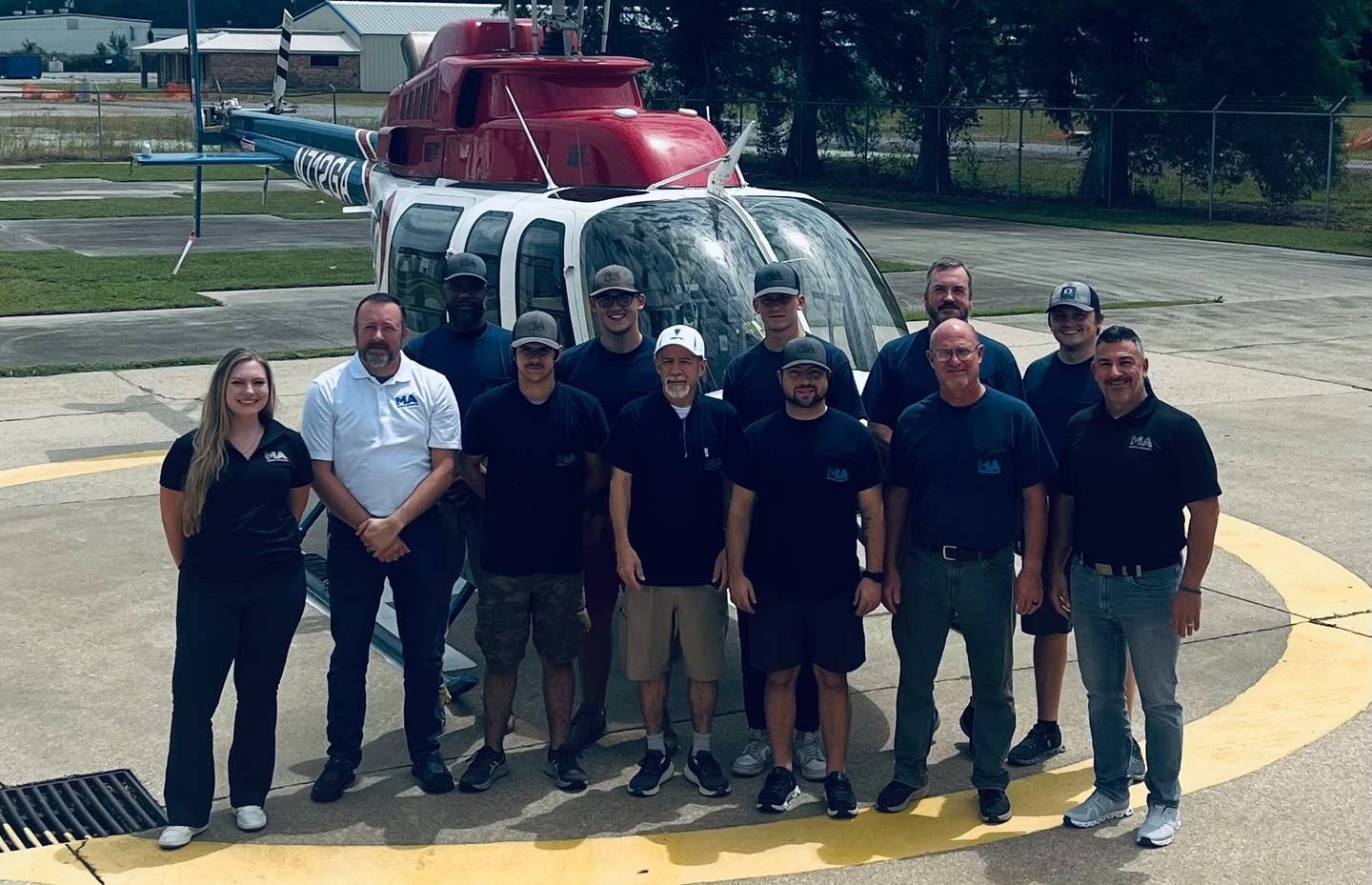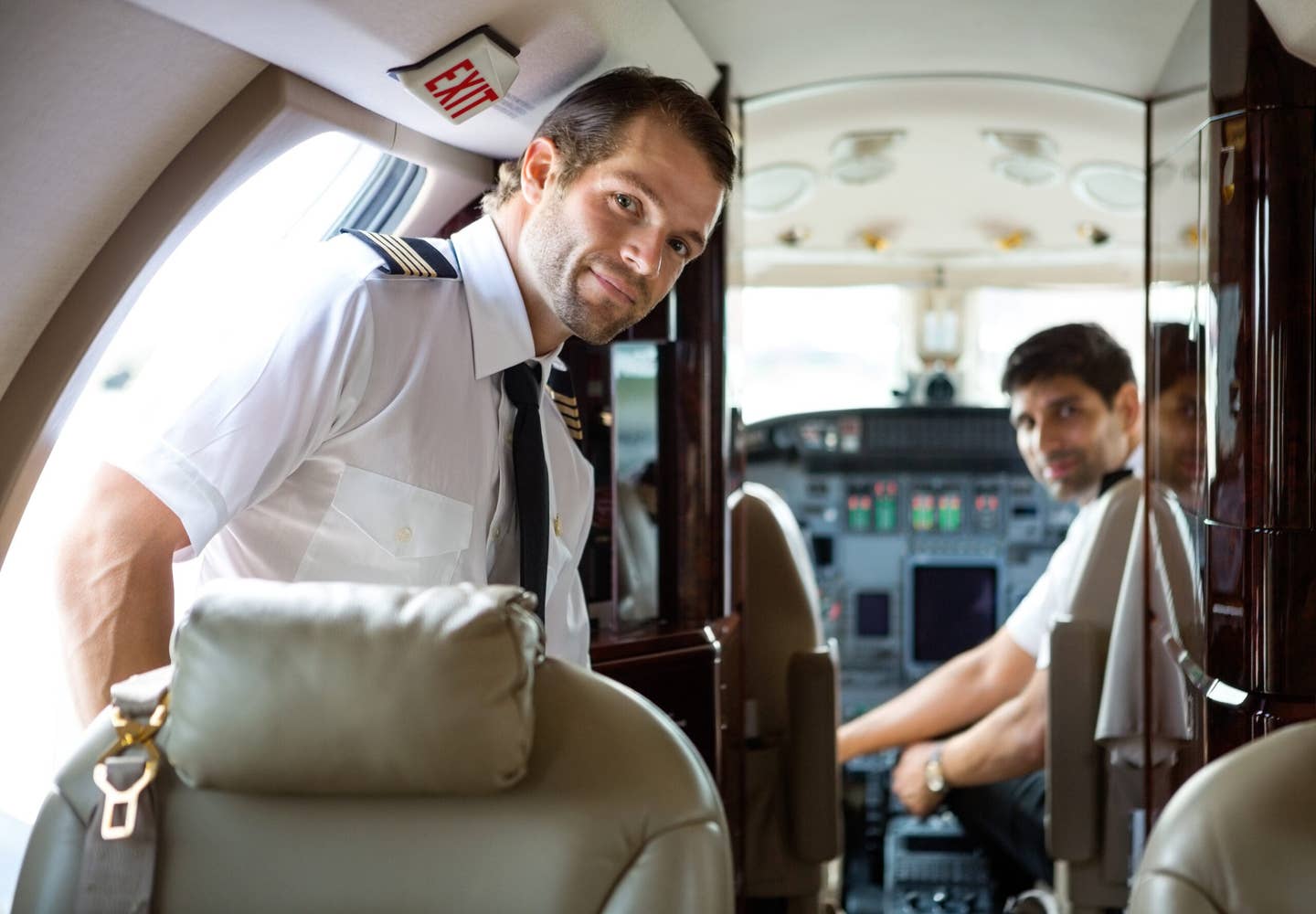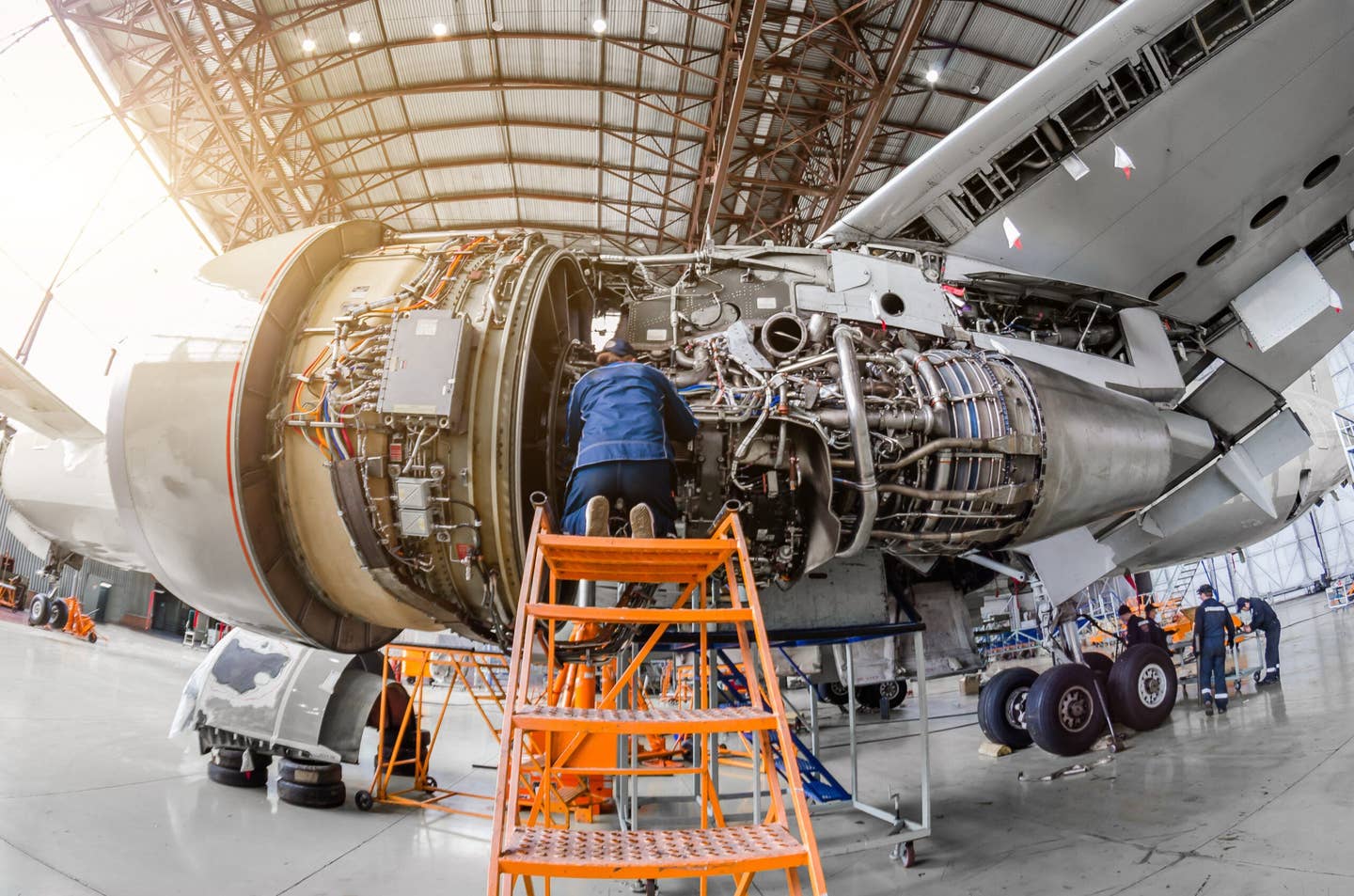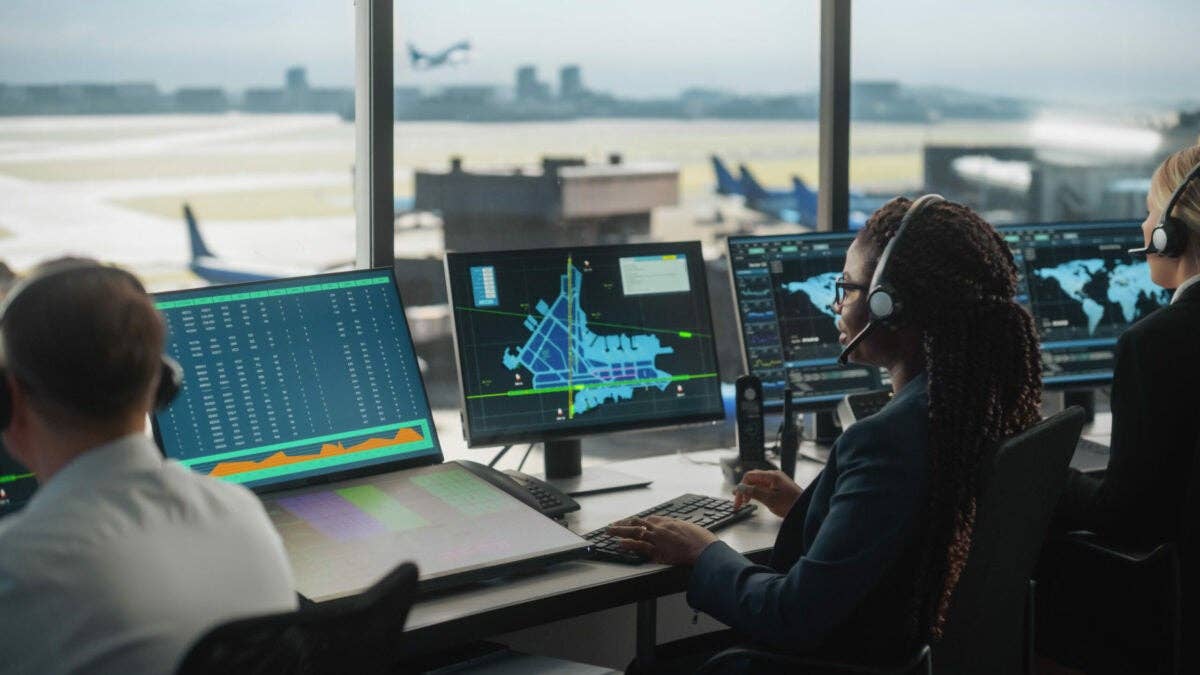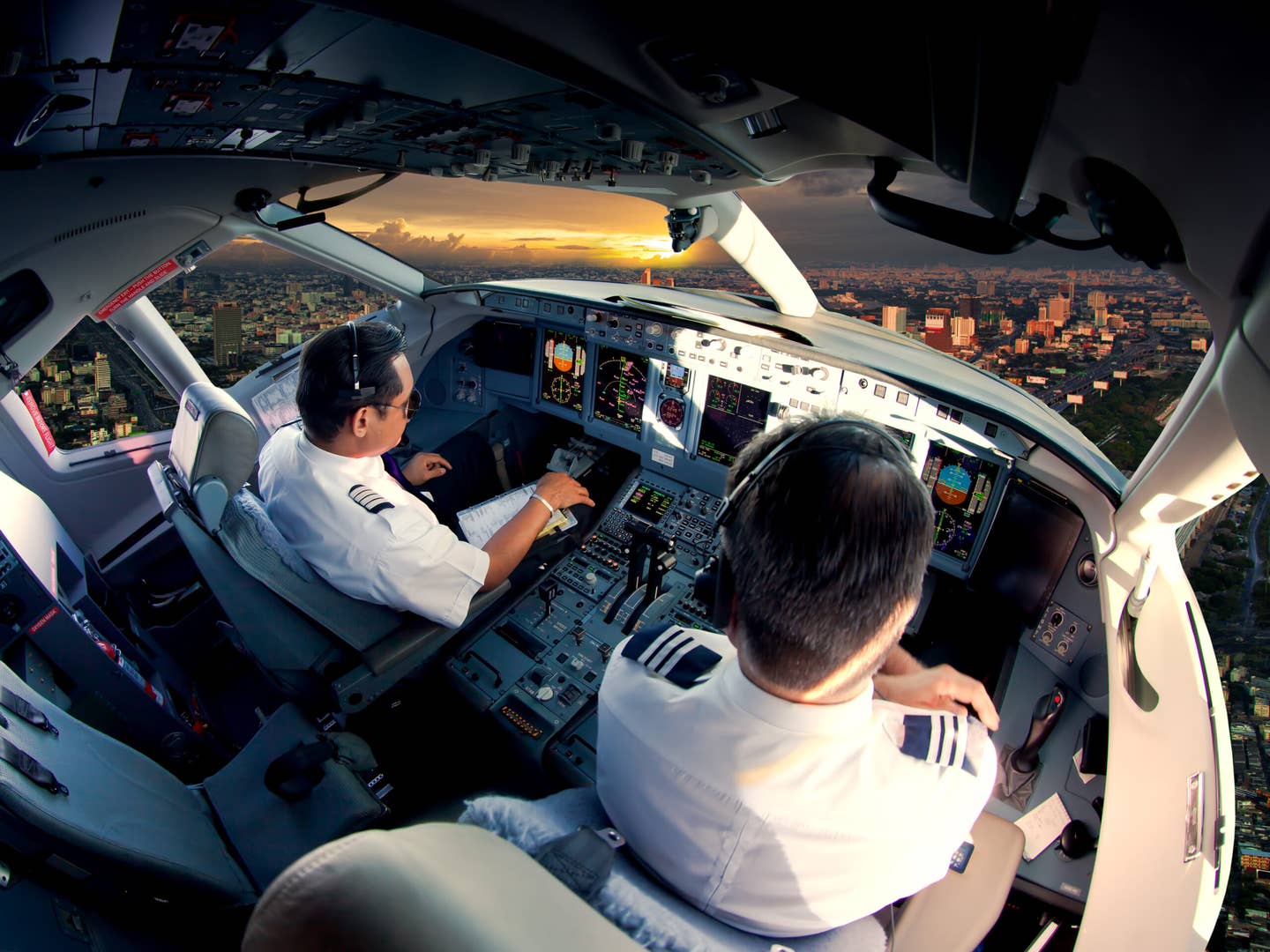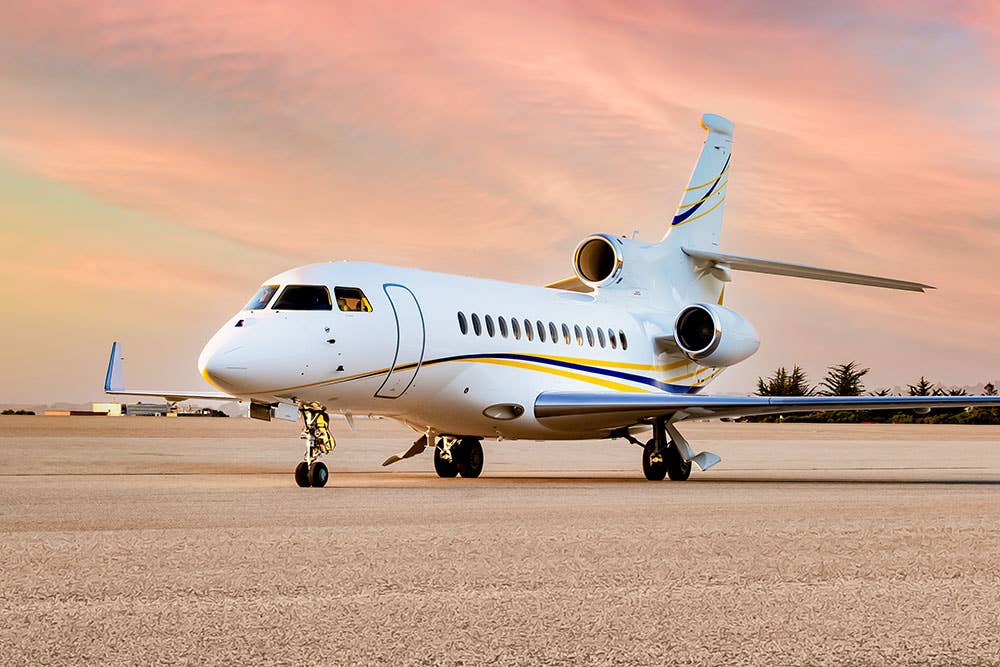
All branches of the military need flight technicians, such as U.S. Coast Guard Petty Officer 2nd Class Todd Mendenhall, shown above on a logistics mission in an HC-130H Hercules. Department of Defense
When I was growing up, the glamour of an aviation job was all wrapped up in the thrill of traveling the world. Little did I know that more than half the careers in aviation involve staying in one place. Aviation maintenance used to be one of those careers, but the industry is changing for a few good men and women. Since the last recession, flight departments have been asked to do more with less. Part of the solution is cross-training.
Who Are Flight Technicians?
Airframe and powerplant (A&P) mechanics cross-trained as cabin-safety and service personnel offer real advantages (much more than just knowing how the coffee maker works so they can fix it in flight). FlightSafety International’s Paul Kuchta, director of maintenance and cabin-safety operations, is concerned with the complexity of cabin connectivity these days, and feels that flight technicians (FTs), as these cross-trained maintenance personnel are dubbed, can be a part of the solution for passengers and pilots alike in flight.
Elaine Lapotosky, outgoing president of the National Business Aviation Association’s Flight Technicians & Flight Attendants Committee, knows of flight departments that have completely replaced their flight attendants with FTs. “It is a financial decision, based on skills and services the employee brings to the table,” she says.
Who Hires Flight Technicians?
So who hires flight technicians? All militaries and even Air Force One use them, mostly because these aircraft fly to locations where maintenance might not be available on the ground. And in the corporate world? Boeing, Airbus, Johnson & Johnson, ExxonMobil, DuPont, Toyota and a dozen other companies with large-cabin aircraft that fly around the world regularly hire FTs. There are distinct advantages to these companies keeping a mechanic on hand at all times. An airplane stuck at an outstation can be more than just an inconvenience for some executives. Depending on the corner of the world, it can be a significant safety risk to all.
How Much Do FTs Make?
Flight technicians earn what mechanics and aviation-electronics technicians earn, plus a flying stipend that can vary from company to company, with yearly salaries ranging from a median of $56,000 to more than $90,000 for managers. Training for aviation mechanics and technicians can be obtained at technical colleges or universities around the country, or through an apprentice program on the job (apprentice techs start at around $16 per hour). A college degree is not required, but most managers have some college on their résumé.
Special Training Required
It’s rare that mechanics are just tossed on the airplane and told to serve coffee. FTs learn cabin service and safety, often at the same training facilities where they learn aircraft maintenance. They learn how to set a proper table and prepare catered food so it looks like it came from a Michelin-starred restaurant. But they also take deep dives into the newest satellite Internet connectivity solutions on aircraft so they can fix the connection when the router needs rebooting midflight. Beyond that, they learn cabin-safety basics, such as how to put out fires, secure the cabin for ditching or a crash landing, and egress passengers safely. The safety training includes hazmat recognition, hijacking procedures, and MedAire sudden-illness diagnosis and triage. If you’ve never used an automated external defibrillator, you’ll learn here.
NBAA and the U.S. Air Force are great places to start searching for more information about flight technicians. And if you are an A&P ready to cross-train, there are a dozen different cabin-safety training programs available from venerable companies including CAE and FlightSafety International. If you are just out of college and looking for that first position, consider hiring out to an airline as a cabin attendant for the training and experience. Then you too can be one of those who both fix and fly.

Subscribe to Our Newsletter
Get the latest FLYING stories delivered directly to your inbox

